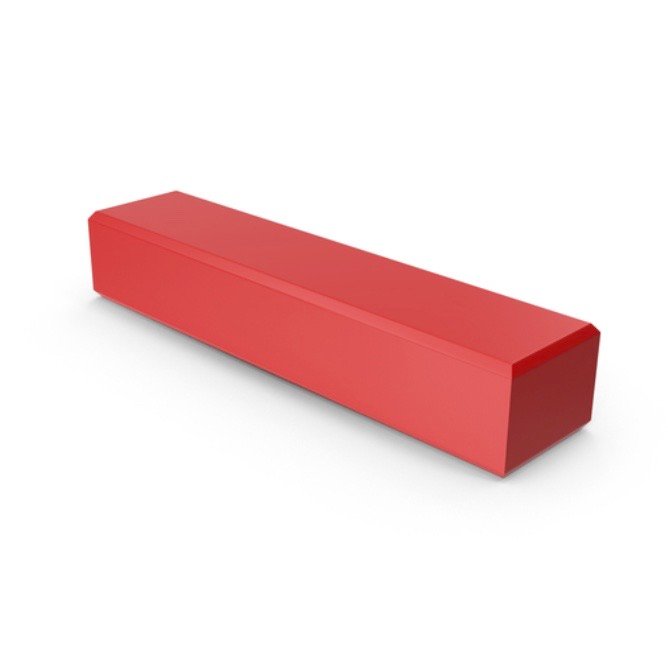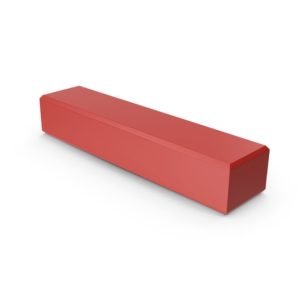Subtraction

Subtraction, a fundamental arithmetic operation, is a systematic process that calculates the difference between two numbers by subtracting one quantity (the subtrahend) from another (the minuend). Represented by the minus sign (-), the result is termed the difference.
In the expression “8 – 3,” 8 is the minuend, 3 is the subtrahend, and the difference is 5. Subtraction provides a methodical approach to measure the gap or negative space between numerical values.
Beyond its role in basic arithmetic, subtraction holds relevance in real-world applications such as budgeting and data analysis. It serves as a valuable tool for quantifying changes and managing quantities, offering insight into dynamic scenarios where elements are taken away or reduced.
A notable concept introduced by subtraction is the idea of negative space, representing the void left after subtraction occurs. Understanding negative space is instrumental in problem-solving, allowing individuals to interpret losses, evaluate changes, and make informed decisions based on the differences calculated through subtraction.
In the educational journey, subtraction serves as a foundational building block for more advanced mathematical concepts. As students progress, they encounter subtraction in various forms, including scenarios involving negative numbers, decimals, and fractions. Mastering subtraction goes beyond computing differences; it cultivates critical thinking skills, providing a solid mathematical foundation.
In conclusion, subtraction is not merely a mathematical operation; it is a systematic approach to understanding the differences between numbers. From its role in basic arithmetic to its applications in real-world problem-solving, subtraction enriches our comprehension of numerical relationships and equips us with essential skills for interpreting and navigating dynamic numerical scenarios. Let’s appreciate the depth and versatility of subtraction as we engage with the world of numbers.
Test your knowledge with this 5 short question quiz!
[ays_quiz id=’7′]




